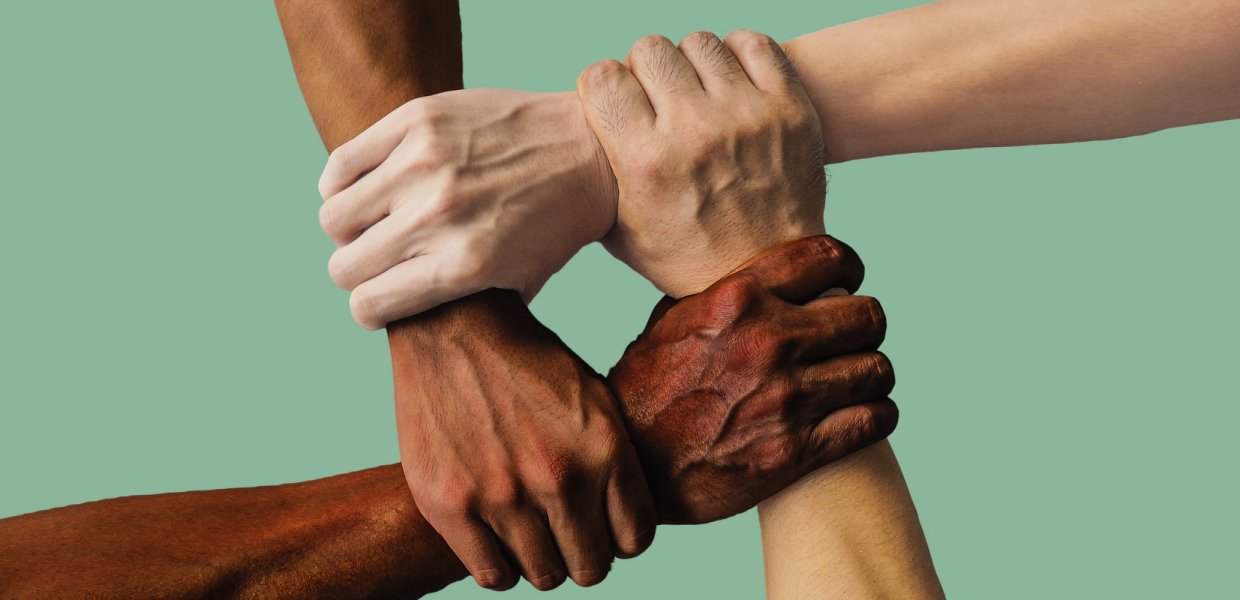Our current hyper-partisan, polarized world has a range of implications on corporations, one of which is the challenge communicators and marketers face in building communities for their brands. It seems like everything these days is seen through a partisan lens, so companies must be especially careful.
Building meaningful communities that strengthen relationships between a brand and its customers provide people with a sense of belonging that is fundamental to developing long-term brand advocates. While the concept sounds easy, building communities in a time where the culture of this country is anything but cohesive requires mindful strategy to unite individuals, navigate crises and leverage diversity.
Don’t divide, unite
We live in an attention economy and communicators are challenged with making their brands stand out. Gone are the days when people make purchasing decisions based solely on product utility; people are seeking out increasingly deeper connections with products, and they expect brands, like those in their own personal communities, to have a mission and set of values aligned with a greater purpose. How can companies accommodate people’s need to relate to the products they invest in? Build strong communities. Align with your core mission and values. Be radically transparent and authentic.
Take Harley-Davidson, for example. It has one of the most loyal customer bases of any brand, and it’s not just because their customers like the bikes. When someone invests in a Harley, they become part of a community united by their enthusiasm for the Harley “way of life.” Harley-Davidson knows the power of this community and has gone to great lengths to ensure it thrives by developing the Harley Owners Group (H.O.G.), an online, members-only community that communicates with and connects over a million Harley owners.
When you hit a roadblock, get back to the basics
Earlier this year at the Arthur W. Page Society’s annual conference I had the privilege of moderating a panel discussion with California’s Barbara Boxer, U.S. senator from 1993-2017, and Ari Fleischer, George W. Bush’s press secretary during and immediately following 9/11. Despite their political differences, they agreed on one thing: As Americans, there remains far more that unites us than divides us. When navigating uncharted territory, Boxer recommends going back to basics. She said, at their core, all Americans want the same things — life, liberty and the pursuit of happiness.
Much of what they said extends beyond politics and directly applies to the work all communicators do. Just as Americans hold the same basic expectations for their country, companies’ core stakeholder groups have similar expectations and needs from those companies’ brands. In times of chaos or crisis, brands must rely on their core values. Authenticity, even in this era of “fake news,” remains essential.
Leverage diverse communities to grow
According to the U.S. Census Bureau, by 2020, minority children will become a majority in the United States; by 2060, only 36 percent of people under the age of 18 will be single-race Caucasian. As a result of this shift in demographics, by 2040, minorities will be the voting majority in this country — this is the new face of America, and it must be embraced. The value of providing opportunity and giving a voice to diverse voices is no longer just the right thing to do, it is necessary for success.
For years, companies have touted their so-called progress toward becoming more diverse and inclusive. Some companies are making major strides, like Goldman Sachs’ 10,000 Women initiative, but overall the progress has been too slow. Companies need to embrace diversity, fast. Communicators have the unique obligation to foster a constructive dialogue on the power of inclusivity, and this is best accomplished through building communities of diverse individuals who connect through common interest.
To download a full copy of the Relevance Report, click here.









